update time:2023-02-14 10:56:09
Views:1314次
Soil needs to be 50% dry and 50% wet, before starting compaction.The Rapid Impact Compaction for the...
Soil needs to be 50% dry and 50% wet, before starting compaction.The Rapid Impact Compaction for the soil improvement uses a hydraulic hammer mounted on an excavator. The hammer with a weight ranging from 5 up to 12 tons is dropped freely from a height of 1.2 m on a large circular foot. Impacts repeated at a rate ranging from 40 up to 60 blows per minute plunge the steel foot creating a crater.
The control system installed in the operator’s cab allows for controlling the compaction process and recording the parameters such as impact energy or foot penetration. It can also be used to change the height from which the hammer is dropped.
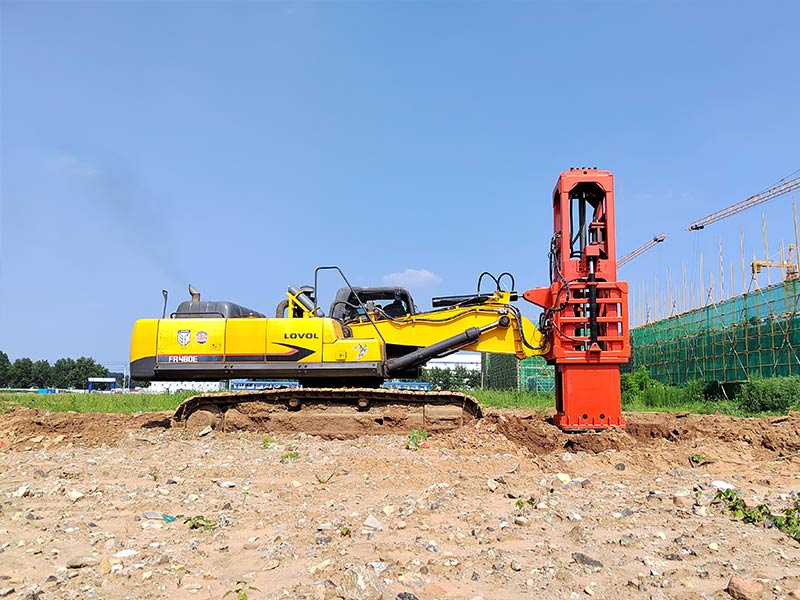
The compaction in the RIC technology is usually preceded by creating a test plot where the compaction is performed for various spacing and rates of blows. Then, the local compaction of the improved soil is tested and the optimal grid spacing and the number of blows per one point is determined. Depending on the soils, the number of blows varies between 10 and 40 per one point.
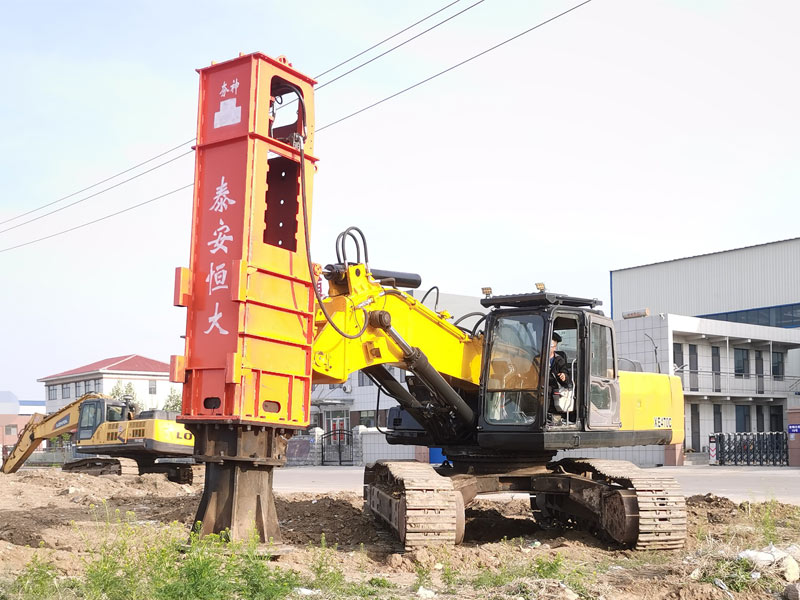
During the compaction of a location, the foot remains into contact with the soil. The impact of the hammer on to the foot initiates the compaction process. The movement of the foot into the ground, the heavy weight of the equipment and high energy transfer is also causing densification. The dense compaction grid ensures that a homogeneous compaction is reached throughout the area. This is caused because the impact locations are also affected by the compaction of nearby points which results in improving the overall performance.
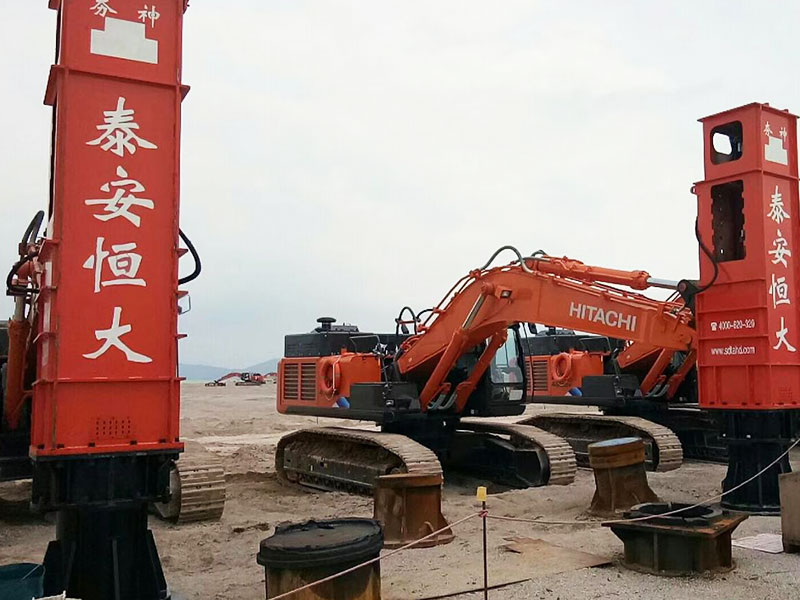
The RIC system uses "controlled impact compaction" of the ground using a 9-ton hammer dropped from height between 0.3 m to 1.2 m onto a 1.5 m diameter steel patent foot delivering about 26,487 to 105,948 Joules of energy per drop. RIC can be used to densify loose soils down to a depth of about 4 m to 6m. RIC consists of an excavatormounted hydraulic pile-driving hammer striking a circular plate (patent foot) that rests on the ground. The tamper typically strikes the plate at a rate of 40 to 60 blows per minute.
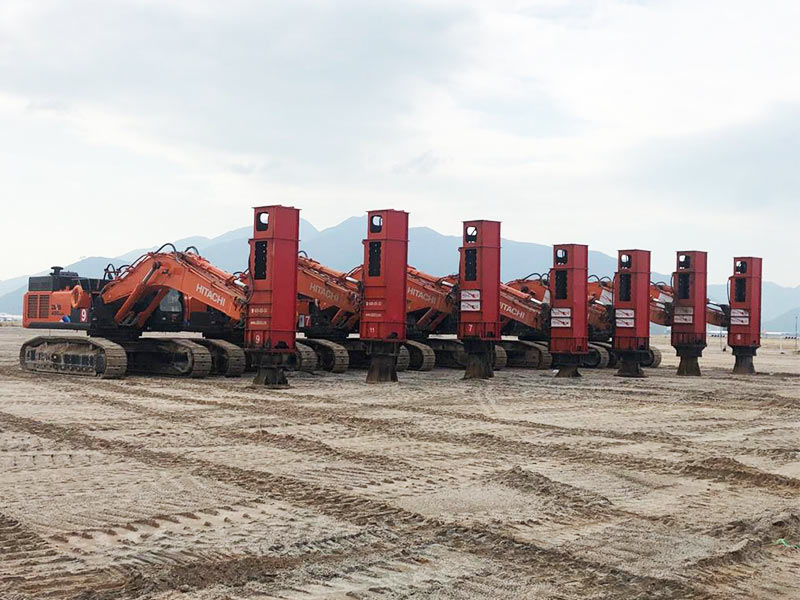
The way in which RIC improves the ground is a “top-down” process, compared to Dynamic Compaction (DC) which is a “bottom-up” process. The first few blows in rapid impact compaction create a dense plug of soil immediately beneath the compaction foot. Further blows advance this plug deeper, which compacts soil in a deeper layer. This process progresses until little further penetration of the compaction foot can be achieved with increasing blows.
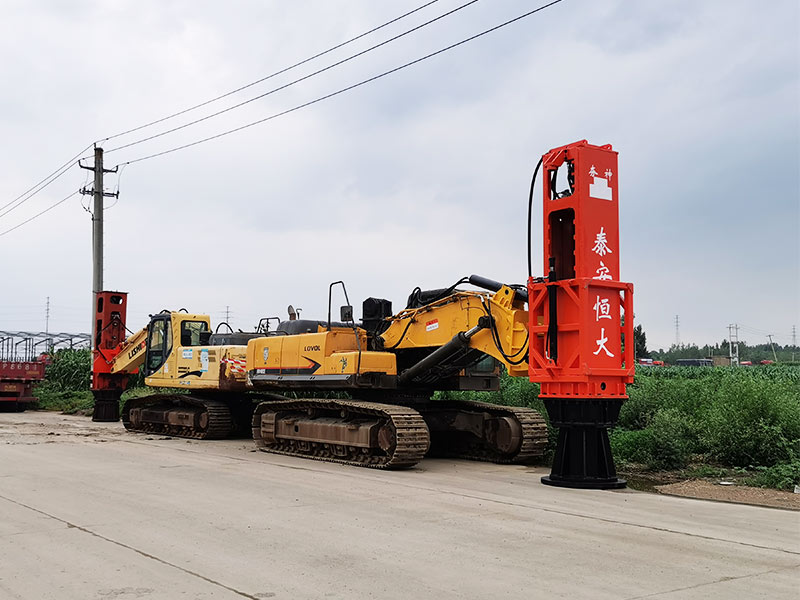
This compaction energy brings the soil particles into a more densely packed structure. The compaction energy is transmitted safely and efficiently as the compaction foot remains in contact with the ground. No flying debris occurs during the compaction process. The hammering of the foot by the impact weight is the reason of the sub-soil compaction. Indeed, the huge amount of energy developed upon the hammering process and transmitted to the ground through the foot, pushes the backfilling material into a denser structure.
What is the acceptable percentage of compaction? - HENGDA RIC
In general, a compaction between 80 and 85 percent of the st...
What is the standard for soil compaction? - HENGDA RIC
Typical compaction requirements for a project may range from...